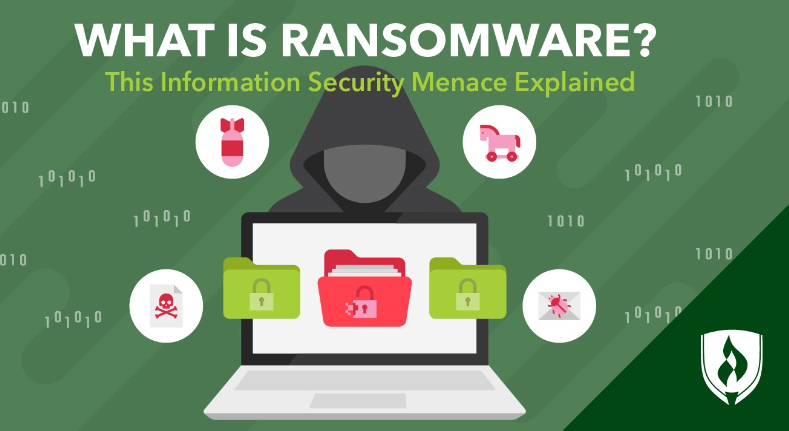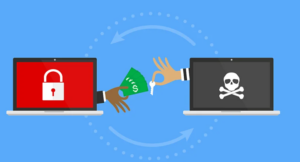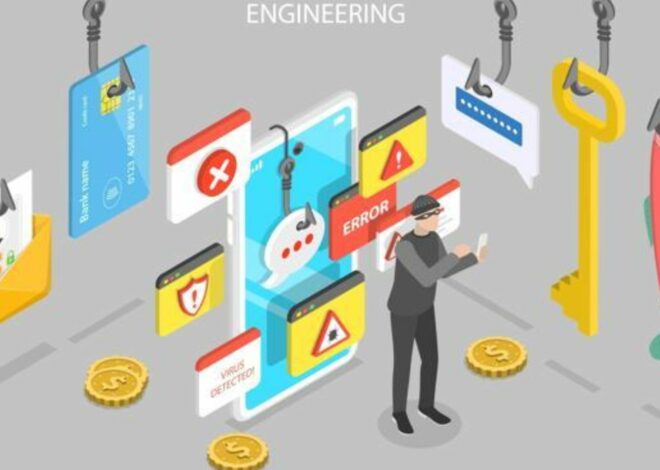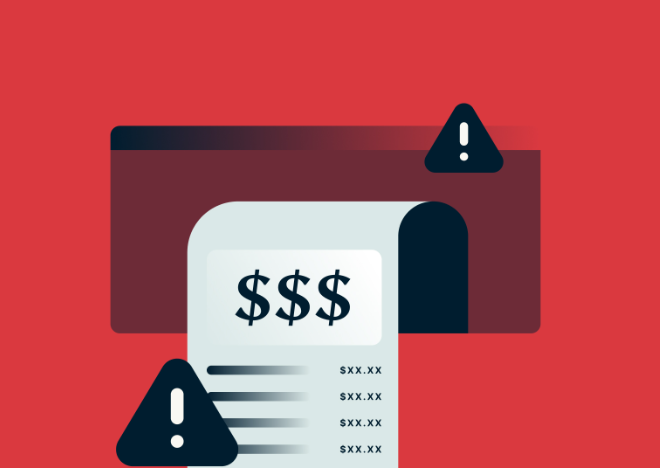
What is Ransomware?
Ransomware is a type of malicious software (malware) designed to encrypt a victim’s data or lock them out of their own computer system, rendering it inaccessible. The attackers responsible for the ransomware demand a ransom from the victim in exchange for providing the decryption key or restoring access to the system. In essence, ransomware holds a victim’s data or system, hostage, until the demanded payment is made.
Ransomware attacks can have severe consequences, leading to data loss, financial losses, operational disruptions, and damage to reputation. It’s essential for individuals and organizations to implement strong cybersecurity measures, such as regular data backups, robust antivirus software, and employee training to recognize and prevent ransomware attacks.

What you should know About Ransomware?
Ransomware is malicious software that encrypts your data or locks you out of your computer, demanding a ransom for the release of your files or system access. Here’s what you should know about ransomware:
Infection Methods
Ransomware can spread through malicious email attachments, infected software downloads, compromised websites, or even drive-by downloads. It exploits vulnerabilities in your system to gain access.
Encryption
Once in your system, ransomware encrypts your files using complex algorithms, rendering them inaccessible. You’ll receive a ransom note with instructions on how to pay the attackers to get the decryption key.
Ransom Notes
Ransom notes can be text files or messages that pop up on your screen. They usually contain information on the ransom amount, payment methods (often in cryptocurrencies), and a threat to delete your files if you don’t comply.
Payment
Some attackers may not release your files, while others might provide decryption keys. Paying also fuels the ransomware economy, encouraging more attacks.
Mitigation
If infected, disconnect from the internet to prevent further encryption and spread. Report the incident to law enforcement and do not pay the ransom unless there’s no other option.
How do I protect my Business from Ransomware?
Protecting your business from ransomware requires a comprehensive approach that combines technology, employee training, and best practices in cybersecurity. Here’s how to safeguard your business from ransomware attacks:
Implement Strong Cybersecurity Measures
Install a firewall to block unauthorized access to your network. Use intrusion detection and prevention systems to identify and stop threats.
Regularly Update Software and Systems
Keep your operating system, software applications, and plugins up to date with the latest security patches.
Secure Network Access
Restrict access to your network and data. Use strong, unique passwords for all accounts.
Backup you’re Data
Regularly back up your critical data to an offline or off-site location. This ensures you can restore your data in case of an attack. Test your backups to ensure they’re functional and can be easily restored.
Educate and Train Employees
Conduct regular training sessions to educate employees about the risks of ransomware, and phishing attacks, and how to identify suspicious emails or links. Encourage employees to report any unusual activity promptly.
Implement Email Security Measures
Use email filtering and scanning tools to block malicious attachments and links.
Limit User Privileges
Follow the principle of least privilege, where users only have the access necessary for their roles. This reduces the impact of a potential breach.
Create an Incident Response Plan
Develop a clear plan to follow in case of a ransomware attack. Assign roles and responsibilities for responding to incidents. Test the plan through simulations to ensure everyone knows their roles.
Regularly Monitor and Audit Systems
Continuously monitor your network for any signs of suspicious activity or unauthorized access. Conduct regular security audits to identify vulnerabilities and address them promptly.
Stay Informed about Threats
Keep up to date with the latest ransomware trends and attack techniques. This information will help you adjust your cybersecurity strategy accordingly.
Consider Cyber Insurance
Cyber insurance can provide financial coverage in the event of a ransomware attack or data breach.
Avoid Paying Ransoms
It’s generally not recommended to pay ransoms as it doesn’t guarantee the safe return of your data and encourages attackers to continue their activities.
Engage Security Professionals
Consider hiring cybersecurity experts or consulting services to assess your systems and implement robust security measures.
Final Thoughts
Remember that preventing ransomware requires ongoing effort and vigilance. By creating a culture of cybersecurity awareness and implementing best practices, you can significantly reduce the risk of falling victim to ransomware attacks.


